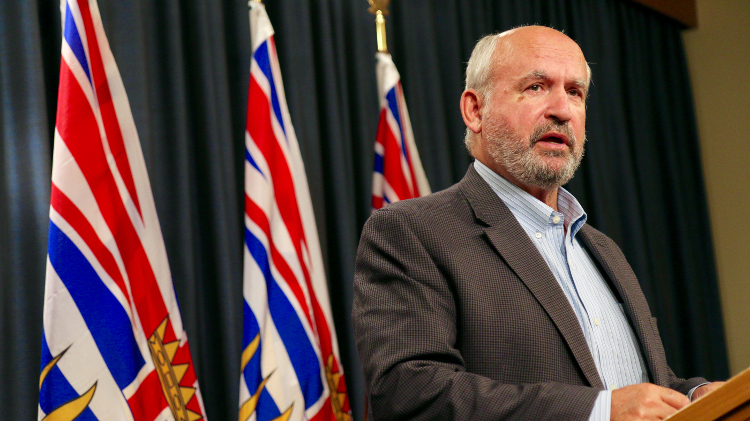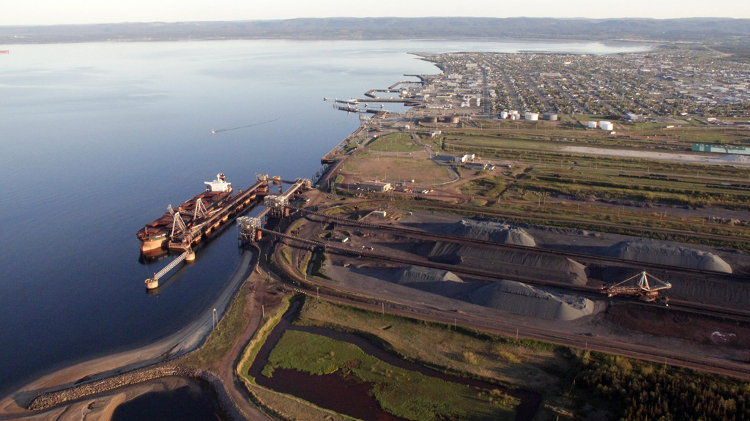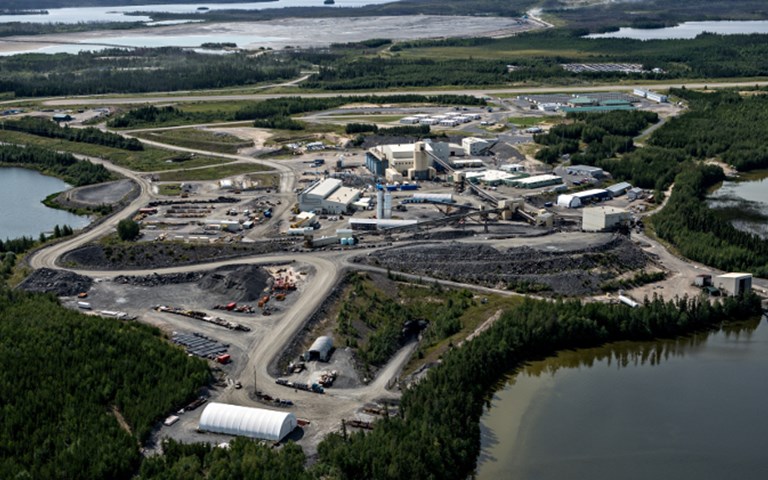In its second quarter report Goldcorp announced it will spend US$90 million at its Musselwhite mine in northern Ontario (pictured) and US$420 million at its Penasquito mine in Mexico. Courtesy of Goldcorp
Quarterly results provide a snapshot-in-time of the state of mining markets, and as of mid-2016, the picture was brighter for gold and some base metals than was the case a year earlier.
The World Bank’s Commodity Markets Outlook reported an eight per cent rise in gold prices in the quarter that ended June 30, and predicts sustained price strength this year based on increased demand for safe-haven assets and concerns about global growth. The report also cited a five per cent increase in base metal prices in the same quarter, but forecasts an 11 per cent decline for the full year.
With slowing Chinese demand, most commodity experts also expect subdued market conditions through 2016 and beyond. PwC’s Mine 2016 report said the industry is still in “uncharted territory” after a disastrous 2015, which saw a 25 per cent drop in commodity prices. The market capitalization of the top 40 companies fell 37 per cent last year, and PwC notes that these companies racked up an estimated $53 billion of impairments, “the equivalent of 32 per cent of capex spent since 2010.”
Gold producers look to trim the fat
Restoring operational and financial strength are priorities for most companies, including Barrick Gold. By end of Q2, the company had reduced its debt by nearly half of its US$2 billion debt-reduction target for the year, while all-in sustaining costs (AISC) for the 1.34 million ounces it produced fell to US$782 per ounce from US$895 per ounce.
Goldcorp reported it was on schedule to achieve its target of US$250 million in sustainable annual efficiencies by 2018, and had reached the 50 per cent mark. The cuts will include a one-third workforce reduction and decentralization of its business model. The company reported Q2 gold production of 613,400 ounces at AISC of US$1,067 per ounce, down from 908,000 ounces at AISC of US$853 per ounce in the prior year period. Goldcorp plans to spend US$420 million and US$90 million to boost production at its Penasquito and Musselwhite mines, respectively.
Agnico Eagle Mines has reduced its net debt by roughly US$181 million, bringing it down to US$742 million by June 30, a reflection of ongoing efforts to bolster its balance sheet. Gold production in Q2 was 408,932 ounces compared to 403,678 ounces a year earlier, while total cash costs fell to US$592 per ounce from US$601 per ounce (on a by-product basis).
CPM Group’s 2016 Precious Metals Market Outlook is bullish on gold’s ability to sustain recent price gains. The report cited various factors that should support prices and continued “strong positive investor sentiment” this year: skepticism regarding the strength of stock markets, concerns regarding the U.S. election, fallout from the British vote to exit the European Union and the inability of the U.S. Federal Reserve to raise interest rates amid these problems.
Copper facing “headwinds” while zinc, nickel have more positive outlooks
Canada’s largest diversified producer, Teck Resources, is cutting costs, conserving cash and maintaining production volumes as part of its strategy to weather this challenging commodity cycle. The company reported a Q2 profit attributable to shareholders of US$15 million, compared to US$63 million a year earlier. Teck also announced increased production guidances for the second half of the year on zinc, copper and coal. “While the commodity cycle continues to be challenging, we are starting to see some positive changes in the direction of zinc and steelmaking coal prices,” CEO Don Lindsay said in a statement.
Lundin Mining reported a Q2 net loss of US$792.1 million, which reflects a US$772-million impairment of its 24 per cent stake in the Tenke Fungurume copper-cobalt project in Africa, compared with net earnings of US$46.4 million a year earlier. Lundin’s net debt was US$341.9 million on June 30, down from US$441.3 million at year-end 2015. Lundin initiated a feasibility study for a satellite deposit near its Eagle nickel-copper mine in Wisconsin.
Scotiabank commodity economist Rory Johnston said zinc remains the “bullish story” in base metals, driven mainly by supply contraction, while nickel is receiving support from concerns about political risk in the Philippines, now the world’s largest source of mined nickel. “But copper still faces considerable headwinds from oversupply, sluggish demand and a sluggish global economy,” he said.
Robert Edwards of London-based CRU Group noted that copper mine supply has “exceeded all expectations” so far this year, due to an extremely low level of mine disruptions and the ramp-up of new projects. Consequently, CRU expects the copper market to be in a 300,000-tonne-plus surplus in 2016.
Reduced demand plagues uranium, diamonds
The uranium sector has been under siege since the 2011 Fukushima nuclear disaster in Japan, with prices under continued pressure from both reduced demand and oversupply. Cameco reported a Q2 net loss of US$137 million compared with net earnings of US$88 million a year earlier. In France, state-controlled Areva is being restructured after years of heavy losses. The government plans to inject US$4.4 billion to rescue Areva, assuming European Union anti-trust regulators are satisfied the plan will not unduly distort competition in the single market.
Diamonds may be forever but sales vary as a barometer of luxury markets. De Beers based its 2016 outlook on expectations of “positive but subdued” economic growth, with downside risks expected to prevail. The company reported a 19 per cent drop in diamond production in Q2 2016, reflecting a decision to reduce supply in response to weak market conditions in 2015. However, De Beers also announced in August that production had begun at its 51 per cent-owned Gahcho Kué diamond mine in the Northwest Territories, which will produce an average of 4.5 million karats per year over an expected 13-year life.
Dominion Diamond Corporation recovered 1.58 million karats of diamonds in the second quarter, 26 per cent lower than Q2 2015. The company operates the Ekati mine and owns 40 per cent of the Diavik mine, both in the Northwest Territories.




